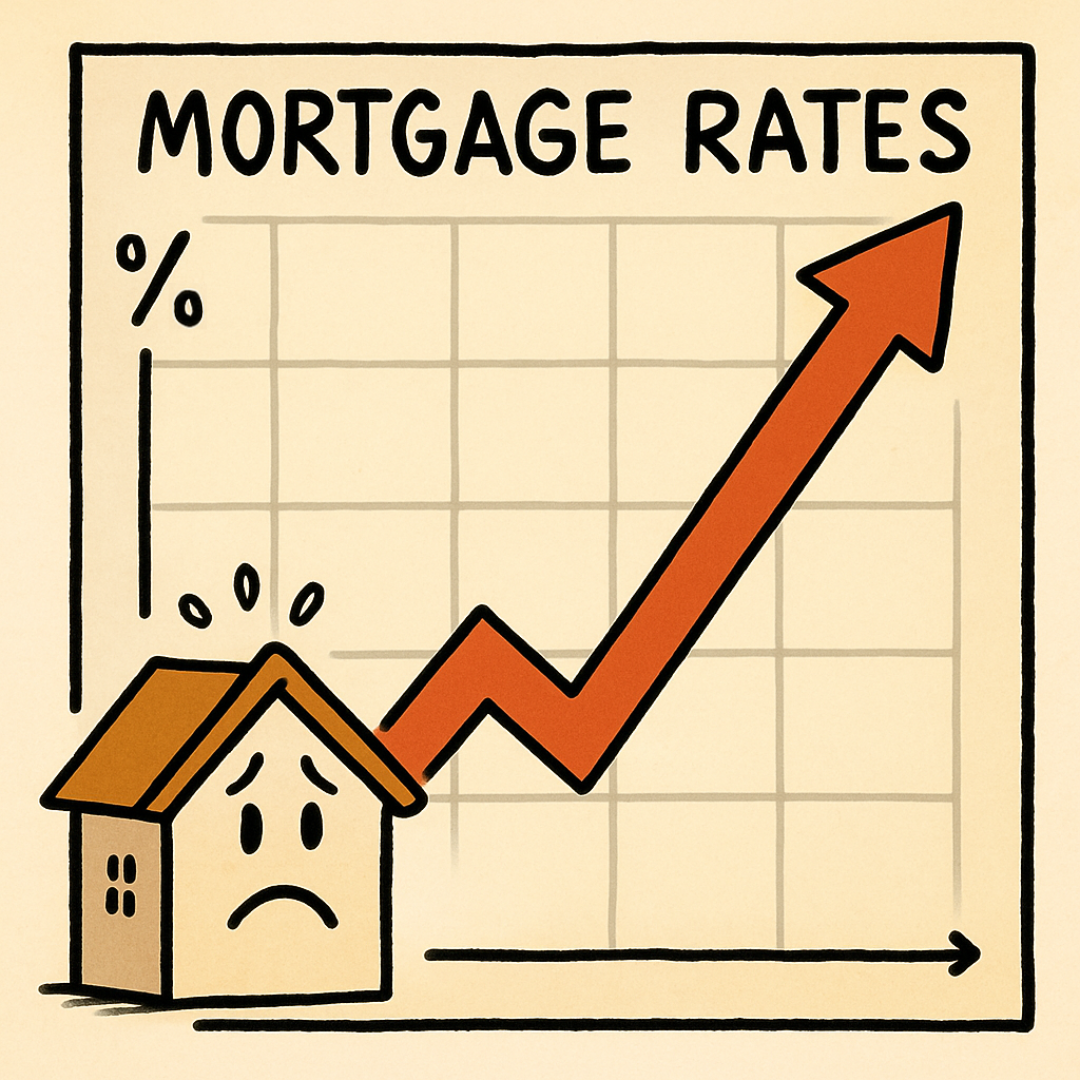For decades, homeownership was considered the cornerstone of the American dream. But in today’s housing climate, that dream is slipping out of reach for millions of first-time buyers—and renting is quickly becoming the new default. From rising interest rates to investor competition, multiple factors are pushing would-be homeowners into long-term rentals.
In this article, we explore the key reasons behind the collapse of first-time homeownership, examine how rental demand is reshaping the housing market, and offer strategic insights for renters, buyers, and sellers alike.

Why Are First-Time Buyers Disappearing?
1. Home Prices Outpacing Income
In 2025, the median home price in the U.S. sits around $447,000—a number out of reach for 75% of American households. While prices are stabilizing in some regions, affordability remains a major hurdle, especially for young adults and new families. According to Realtor.com, over 20% of listings experienced price cuts in June 2025, yet many first-time buyers still can’t qualify for financing.
2. High Mortgage Rates
Current 30-year mortgage rates remain above 6.5%, significantly reducing purchasing power. A modest starter home now comes with monthly mortgage payments that rival luxury rents, pushing many to delay buying altogether.
3. Stagnant Wages and Rising Debt
While inflation has cooled, wage growth hasn’t kept pace with the cost of living. Millennials and Gen Z face student loans, rising rents, and fewer opportunities to save for a down payment. As a result, the average age of first-time buyers has risen to 38, according to the Wall Street Journal.
4. Investor Competition
Roughly 30% of single-family homes sold in early 2025 went to investors—many of whom pay cash and convert properties into rentals. Small-time landlords now account for a growing share of purchases, further squeezing out entry-level buyers (New York Post).
Why Renting Is Becoming the New Buying
1. Flexibility and Predictability
Renting no longer carries the stigma it once did. Many Americans now prefer the flexibility of renting—especially when buying means taking on a 7% mortgage and hefty repair bills. Monthly rent payments may be high, but they’re fixed and predictable.
2. Rental Supply Is Growing
In response to demand, developers are building more rental housing than ever before. Build-to-rent communities have surged in cities like Phoenix, Austin, and Nashville. Suburban areas are also seeing conversions of single-family homes into long-term rentals, especially by investors.
3. Incentives and Concessions
In markets like Houston and Denver, more than 35% of landlords are offering rent concessions, such as free months or waived deposits, according to NerdWallet. This further improves the appeal of renting over buying.
Inventory, Price Cuts, and What They Really Mean
While housing inventory is up 28.9% year-over-year, it’s not necessarily a sign that conditions are improving for buyers. Many of the homes on the market are overpriced, and some sellers are unwilling to adjust. In fact, Business Insider reports a 47% increase in delistings, meaning sellers would rather pull their listings than reduce their asking price.
So even though more homes are technically available, first-time buyers continue to face affordability walls. Meanwhile, investors and renters gain more leverage as prices stagnate and sellers grow impatient.
How Renters Are Gaining Leverage
1. Concessions and Lease Flexibility
Landlords are responding to the shift by sweetening rental terms. Tenants now have more bargaining power, including options for shorter leases and renewal incentives.
2. Lower Risk in a Volatile Market
Renting lets people wait out the market without committing to inflated property values or volatile mortgage rates. For many, it’s a calculated decision—not a financial failure.
3. Urban-to-Suburban Shift
As remote work reshapes geography, suburban rentals are surging. These homes offer space, safety, and good schools—all without the burden of ownership.

The Impact on the Housing Economy
The decline in first-time buyers has ripple effects:
- Slower home sales mean less turnover and longer days on market.
- Stalled equity building pushes more Americans into permanent renting.
- Demographic delays (marriage, family formation) are compounded by housing inaccessibility.
All of this reshapes demand and encourages institutional players to fill the gap.
How American Home Buyer Offers a Solution
For homeowners looking to sell in a market with hesitant first-time buyers, American Home Buyer offers a reliable cash alternative. We buy houses in any condition, close on your timeline, and never require financing contingencies. Whether you’re downsizing, relocating, or just ready for a change, we provide a stress-free sale that avoids the uncertainty of the traditional market.
Our all-cash offers are especially valuable in today’s environment, where many buyers can’t qualify for loans and investor interest fluctuates.
Final Thoughts
First-time homeownership isn’t dead—but it is under pressure. As renting becomes more financially and logistically appealing, a generational shift is underway.
The bottom line? Renting is no longer a stepping stone; for many, it’s the destination.
Whether you’re renting, selling, or still hoping to buy, staying informed and adapting to market realities is key. And for those looking to sell quickly without the stress, American Home Buyer is here to help.
